Have the haunting echoes of the past left an indelible mark on the grounds of Phnom Penh’s Killing Fields and Tuol Sleng Genocide Museum? Visitors to these sites often ponder the chilling question of whether the shadows of history still linger amidst the silence of these locations.
The exploration of these sites opens a window into a time of immense tragedy and suffering, offering a glimpse into the resilience of the human spirit in the face of unimaginable horrors.
Discover why these places stand as powerful reminders of Cambodia’s tumultuous past and the importance of honoring the memories of those who endured such profound hardships.
Key Points
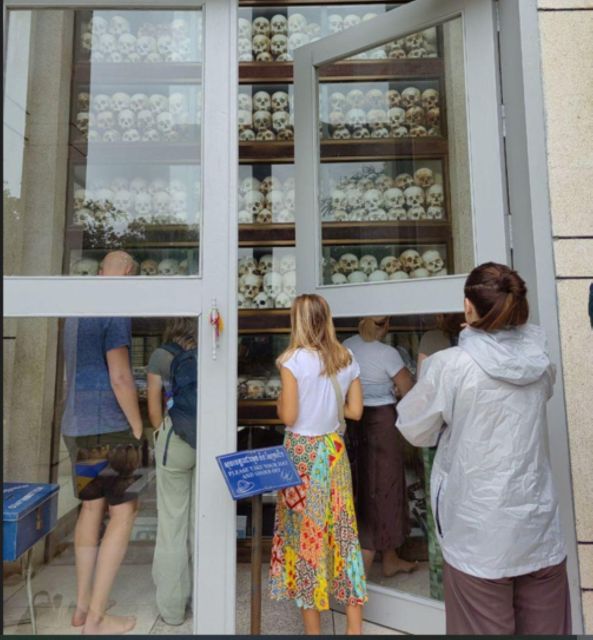
- Reflect on Cambodia’s tragic past through visits to The Killing Fields and Genocide Museum.
- Gain insights into the Khmer Rouge Regime atrocities and their impact on Cambodian history.
- Appreciate Cambodian resilience by understanding the brutal reign of the Khmer Rouge.
- Engage in somber reflection and remembrance at the sites of historical significance.
It's also worth checking out some other tours and experiences nearby.
Historical Background & Significance
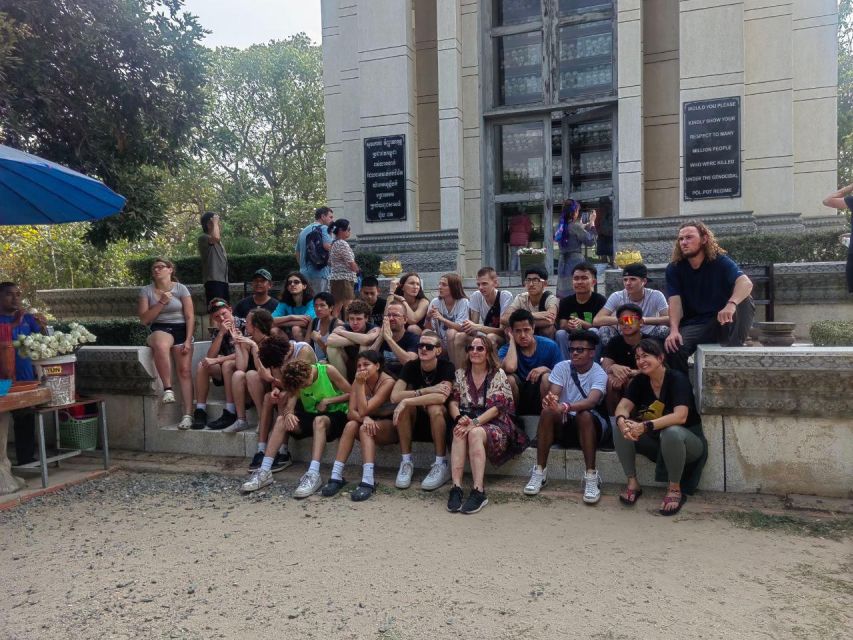
In delving into the historical background and significance of Phnom Penh’s Killing Fields and Tuol Sleng Genocide Museum, one can’t overlook the harrowing events that unfolded during the Khmer Rouge Regime in Cambodia. The impact of this tragic period is deeply ingrained in the collective memory of Cambodians and serves as a stark reminder of the atrocities committed.
The Killing Fields and the Genocide Museum hold immense significance as places of remembrance, where visitors pay respects to the millions who lost their lives. These sites serve as a somber reflection of the tragedy that befell Cambodia, offering a glimpse into the brutal regime’s reign of terror.
Understanding this history is crucial in comprehending the resilience and strength of the Cambodian people in the face of unimaginable suffering.
Inclusions and Booking Details
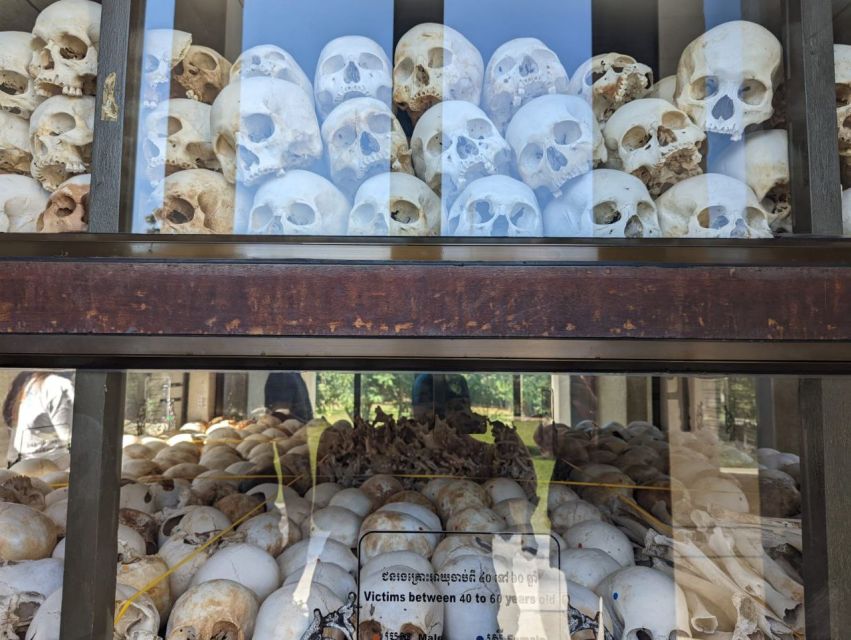
For a comprehensive experience of the Phnom Penh Killing Fields and Tuol Sleng Genocide Museum tour, participants can anticipate a well-rounded package including transportation, informative guides, and entry tickets to the historical sites. The tour includes pickup and drop-off from a designated meeting point in an air-conditioned van. A knowledgeable tour guide will provide insights into the dark history of Cambodia’s Khmer Rouge Regime.
Plus, you will receive entry tickets to The Killing Fields ($3) and The Genocide Museum ($5). Water will be provided during the 4-hour tour, ensuring visitors are comfortable while exploring these tragic sites. It’s recommended to check availability for starting times as itineraries are subject to change.
Participant Information & Reviews
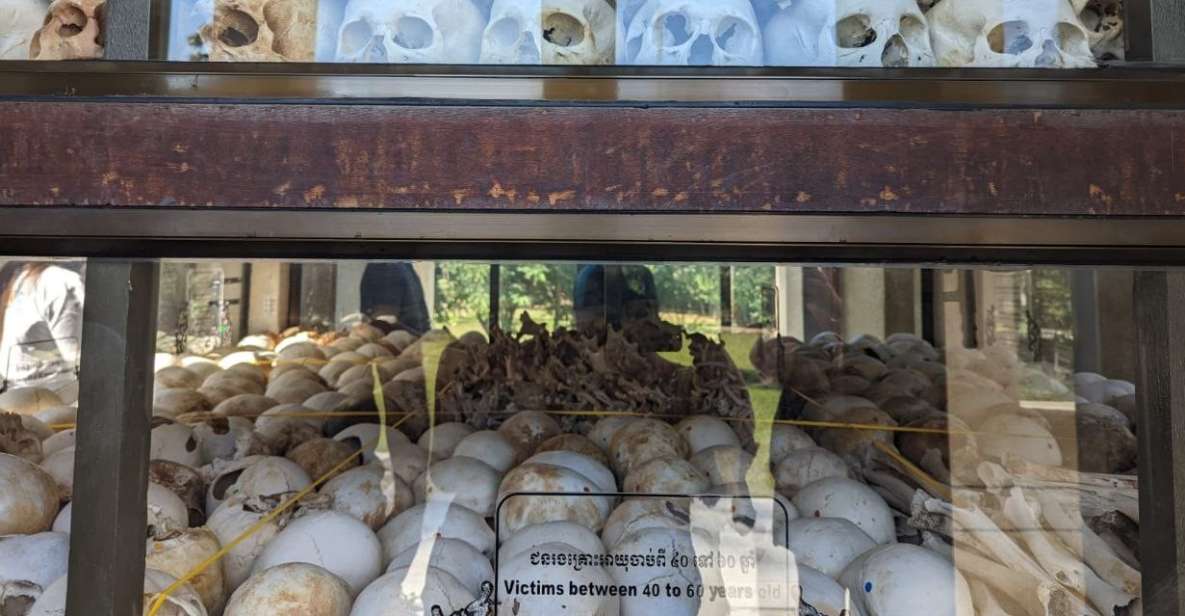
Participants are encouraged to confirm their attendance and ensure they arrive 5 to 10 minutes early for the Phnom Penh Killing Fields and Tuol Sleng Genocide Museum tour, a highly rated experience that offers insights into Cambodia’s dark history.
- Imagery for Participants:
- Walking through the serene Killing Fields memorial
- Listening to the haunting stories from the knowledgeable tour guide
- Observing the preserved artifacts at the Tuol Sleng Genocide Museum
The tour guides have received commendation for their passion and informative narratives, enhancing visitors’ understanding of the Khmer Rouge Regime. Prior participant reviews highlight the transportation’s reliability and the tour’s excellent value for money. Some suggestions include incorporating ticket fees into the tour price for added convenience.
Activity Highlights & Itinerary
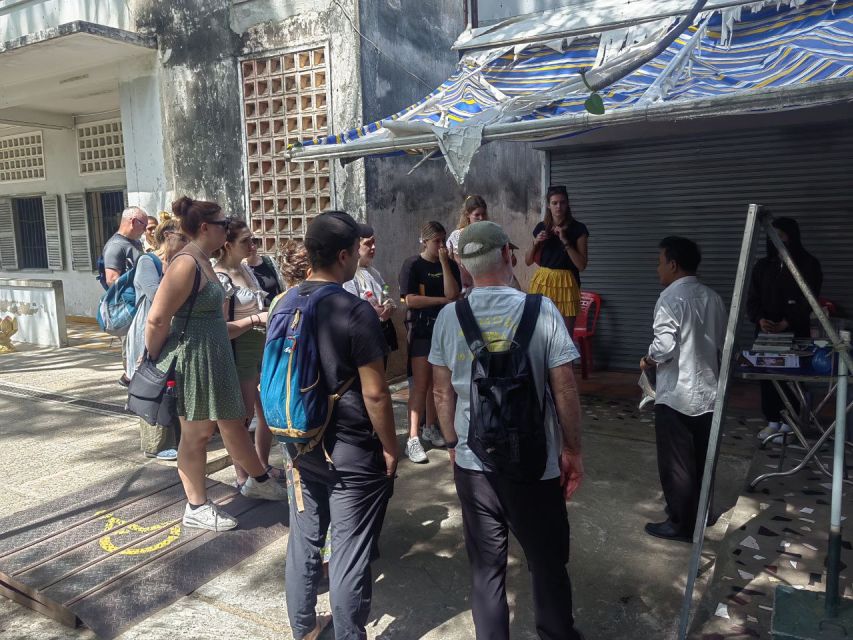
Set out on a journey filled with poignant insights into Cambodia’s history by exploring the tragic sites and paying respects at the Phnom Penh Killing Fields and Tuol Sleng Genocide Museum.
Visitors can explore Cambodia’s dark history, gaining a deeper understanding of the Khmer Rouge Regime’s atrocities. Informative guides lead the way, offering shared history and passionate narratives.
The itinerary includes learning about the tragic sites, paying respects to the victims, and comprehending the regime’s impact. A 4-hour tour provides ample time for reflection and learning, with transportation, entry tickets to both sites, and water included.
This experience is highly rated for its informative guides and the opportunity to engage with Cambodia’s complex and heartbreaking past.
Directions & Recommendations
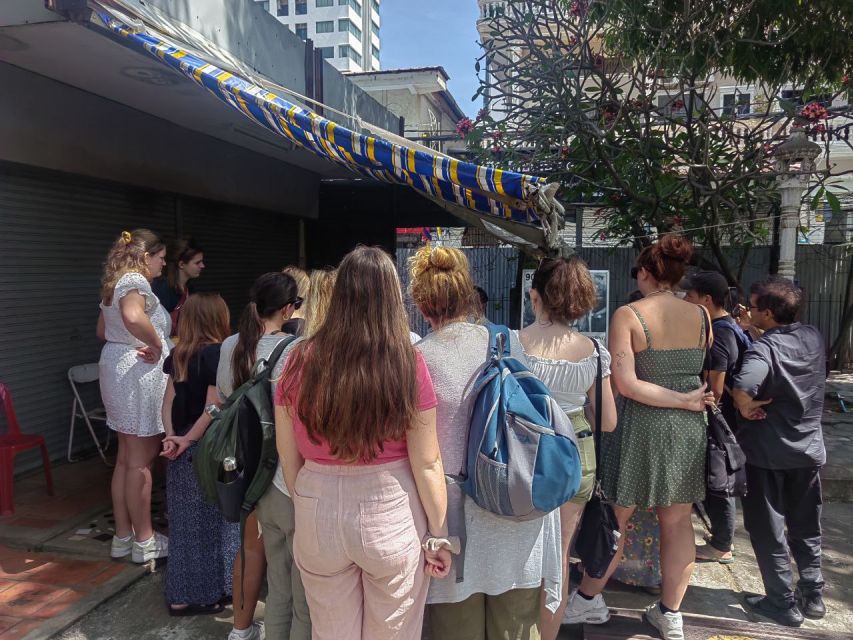
Visitors can easily navigate their way to the Phnom Penh Killing Fields and Tuol Sleng Genocide Museum by following these straightforward directions.
- From Phnom Penh city center, take a tuk-tuk or taxi for a quick 30-minute ride to the Killing Fields.
- For those preferring public transport, opt for a local bus that stops near the museum.
- Walking from the Killing Fields to the Genocide Museum is feasible, offering a chance to take in the surroundings.
Local food recommendations include trying traditional Cambodian dishes like Fish Amok or Beef Lok Lak at nearby eateries. Plus, visitors can explore nearby attractions such as the Russian Market or the Royal Palace.
Various transportation options like renting a scooter or hiring a private driver provide convenience for traveling between these significant historical sites.
Here's a few more nearby tours and experiences we think you'll like.
Common questions
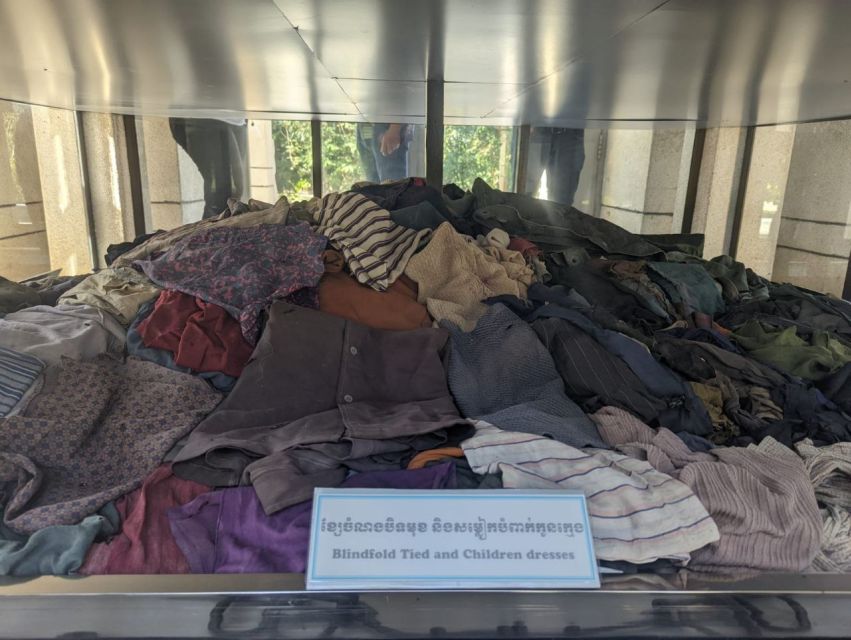
Are There Any Age Restrictions for Visiting the Killing Fields and the Genocide Museum?
Age restrictions are not specified for visiting the Killing Fields and Genocide Museum. Visitors are encouraged to approach these sites with cultural sensitivity due to their historical significance. It is recommended to check for any specific guidelines before visiting.
Is There a Dress Code or Any Specific Guidelines to Follow When Visiting These Sites?
When visiting these historical sites, it’s essential to dress respectfully, following cultural etiquette. Modest attire is recommended, covering shoulders and knees. Being mindful of the somber atmosphere, visitors should conduct themselves with reverence.
Can Visitors Take Photographs at the Killing Fields and the Genocide Museum?
Visitors can take photographs at the Killing Fields and Genocide Museum. There are no age restrictions, but cultural sensitivity is important due to the historical significance of these sites. Respectful photography is encouraged.
Are There Any Specific Items or Souvenirs Recommended to Bring During the Tour?
Visitors can enhance their experience by bringing local handicrafts or cultural artifacts to honor Cambodia’s history at the sites. These items can serve as respectful tokens and deepen their connection to the tragic past.
How Can Visitors Support or Contribute to the Preservation of These Historical Sites During Their Visit?
Visitors can support preservation by respecting rules, not touching artifacts, and donating to local initiatives. Sustainable tourism practices, like using eco-friendly products and following designated paths, help preserve historical sites for future generations to learn from.
Not for you? Here's more of our most recent tour reviews happening neaby
- Phnom Penh: Morning Foodie & Street Art Tour by Tuk-Tuk
- Vip Taxi Private Transfer From Phnom Penh to Siem Reap
- Phnom Penh: Sunset Cruise on Kanika Boat
- Vip Taxi Transfer From Phnom Penh to Preah Sihanouk
- Phnom Penh Airport or Hotel Private Transfer
- S21 & Killing Field (4-5hrs)
- Heritage Tour of Phnom Penh in Electric Bus
- Killing Field and Toul Sleng Genocide Museum Tour
- Full Day Tour in Phnom Penh by Tuk Tuk
- Phnom Penh: Mekong River Sunset Cruise and Tuk Tuk Ride
- Killing Field & Tuolsleng Tour
- Sunset Dinner Cruises W/Live Music, 5&7pm; Free Pickup Avail
- Phnom Penh Historical – Small Group Tour
- Full Day Trip to Mountain Temple of Chisor
- Phnom Penh: Guided Historical Day Tour by Cyclo and Tuk Tuk
Sum Up
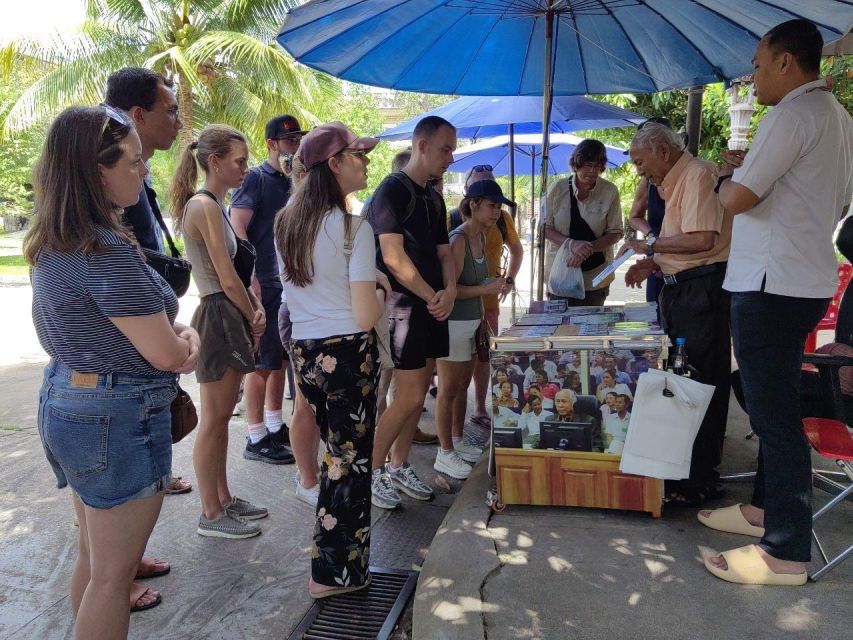
Experience the chilling history of Cambodia at the Killing Fields and Tuol Sleng Genocide Museum in Phnom Penh. Gain a deeper understanding of the Khmer Rouge regime’s atrocities and pay tribute to the lives lost during this dark period.
With informative guides and powerful stories, visitors are invited to reflect on the resilience of the Cambodian people. This tour offers a poignant and educational experience that sheds light on a tragic chapter in Cambodia’s history.

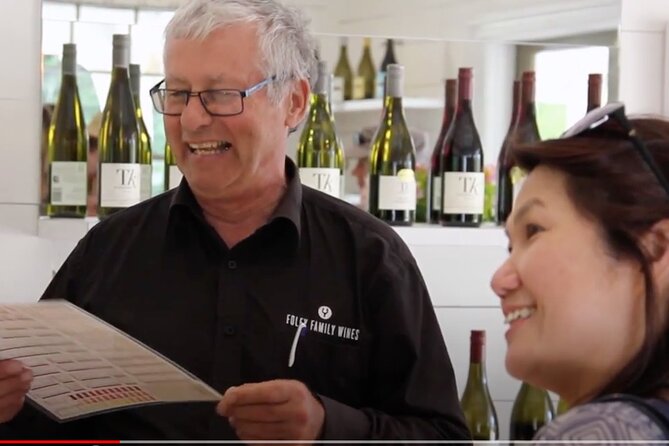
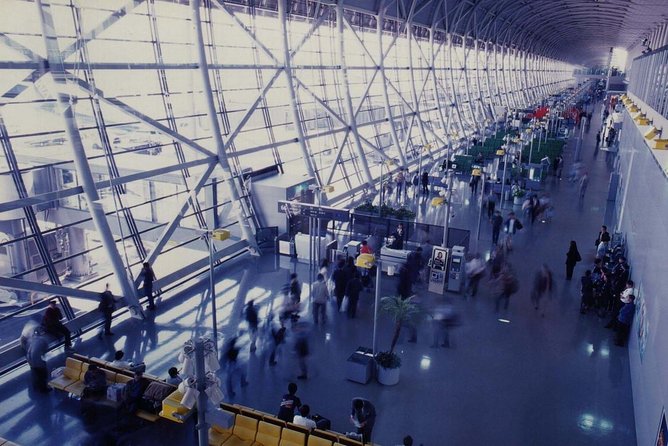
![[Seoul Walking Tour With Oraegage] Queens Road, Seongbuk-Gu](https://tripxperia.com/wp-content/uploads/2024/04/1_seoul-walking-tour-with-oraegage-queens-road-seongbuk-gu.jpg)


